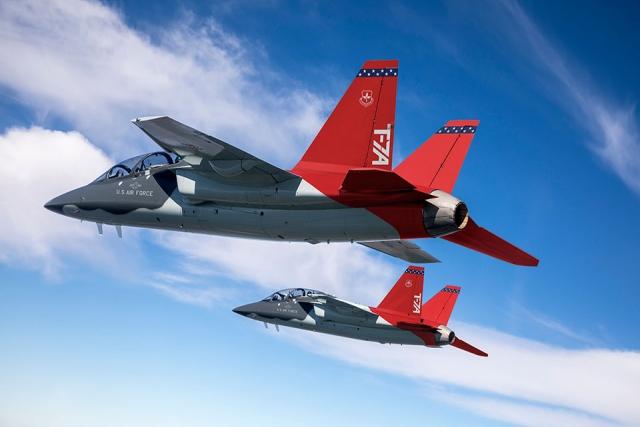Japan and the United States are poised to embark on a joint venture to develop a next-generation jet trainer aircraft, signaling a significant stride in military cooperation between the two nations. Mainichi News reports that discussions are underway, with the aim of creating a cutting-edge trainer platform to meet the evolving needs of the Japan Air Self-Defense Force (JASDF). The decision to pursue this collaborative effort stems from concerns regarding the adequacy of the current Kawasaki T-4 trainer, which has been in service for over three decades. With the emergence of advanced fighter jets like the F-35 and the forthcoming international next-generation fighter (NGF) project slated for 2035, there’s a pressing need for a more sophisticated training platform. The new trainer will serve as a crucial preparatory tool for pilots transitioning to these high-tech aircraft.
One of the key advantages of this joint development initiative is the sharing of costs between Japan and the US. The complexities of modern fighter jets demand equally advanced training systems, making cost-sharing a prudent approach. Additionally, economies of scale achieved through joint production could lead to cost efficiencies and ensure a stable supply chain for essential components. Beyond financial considerations, the collaboration aims to enhance interoperability between the JASDF and the US Air Force. By training pilots on a common platform, both nations can streamline their operations and improve coordination during joint missions. This interoperability is paramount in today’s air combat landscape, which relies heavily on advanced technologies and seamless communication networks.

While the specifics of the new trainer are still being ironed out, the Boeing-Saab T-7 Red Hawk emerges as a frontrunner for the role. Renowned for its supersonic capabilities and advanced features, such as digital design for future technology integration and tandem seating for optimal instruction, the T-7 is ideally suited to prepare pilots for the challenges of modern warfare. Although the T-7’s flight test program has faced delays, the US Air Force plans to procure 346 of these aircraft, with initial purchases slated for fiscal year 2025. Leveraging the existing production line in the US, joint production with Japan could be expedited, ensuring timely delivery of the new trainer. The formalization of this agreement is anticipated during the upcoming summit between Japanese Prime Minister Fumio Kishida and US President Joe Biden.
The Boeing–Saab T-7 Red Hawk, initially known as the Boeing T-X (later Boeing–Saab T-X), is an American/Swedish supersonic advanced jet trainer produced by Boeing with Saab. In September 2018, the United States Air Force (USAF) picked it for the T-X program to replace the Northrop T-38 Talon as the service’s advanced jet trainer. The T-7’s design allows for future missions to be added, such as the aggressor and light attack/fighter roles. In the training environment, it has been specifically designed for high-G and high angle-of-attack maneuvers and night operations, with an emphasis on being easily maintained. The aircraft is equipped with a single GE F404 turbofan engine, but produces three times the total thrust as the twinjet T-38.















